In an effort to provide a bit of low-cost guidance for those with a short attention span, I present the Robert Hunt 30-minute Illustration School:
Illustration is a subset of the art world. While anyone can say they are an artist, not everyone can say they are an illustrator. You cannot really be an amateur illustrator-it is on some level a vocation, and so requires a degree of success to keep going.The financial dimension of this path is inseparable from the creative side. Everything that involves money is driven by economic principles. There is not an exception for art. The most important concept here is “supply and demand”. The more unique your vision is, the more valuable it will be to someone who needs it. While this may seem crass on the surface, it is actually good news.
Strive to adapt your personal vision to something that could be commercially or socially useful-or find a commercial application for your vision as it is. Keep your eyes open for potential outlets for your work. Study everything you think you could do, and see how you could do it better. You need to be able provide an alternative to what is already being used.
Think about what you want in life: define your goals. Goals can change, but you should have some. Goals are not necessarily on a timetable. This is not a race.
Do not be a victim or martyr-it’s a waste of time. Being creative is not enough. You need a base of technical knowledge about the area you want to work in – print reproduction, animation, previz, etc. You also need some business skills to be self employed. We artists are often loathe to think of ourselves as businesspeople, but are often happy to see ourselves as victims. Being a victim is a waste of time. Be objective about everything. Never be defensive. It never helps.
Get a grip on the value of your time.
There is no finish line in sight. You will need to continuously develop your work. You should work for yourself, even when you don’t have an assignment.
Self promotion is vastly overemphasized. What is being promoted is what counts.
To quote Brian Eno: “People in the arts often want to aim for the biggest, most obvious target, and hit it smack in the bull’s eye.
Of course with everybody else aiming there as well that makes it very hard and expensive to hit.
I prefer to shoot the arrow, then paint the target around it. You make the niches in which you finally reside.”

Portrait of Stefan Kiefer, former AD of Der Spiegel. You dont need a lot of people to believe in you- just a few. You have to take care of those people.
Adapt your vision to something that could be commercially useful. Learn to accept that making something “commercially useful” has a broad definition and includes things that are good. Take on projects that allow you to do good things.
Whenever possible, maximize all variables in your favor. Look up the term “aggregation of marginal gains” and consider applying this principle to your art practice.
Technique is a gateway, neither a barrier or an end to its self.
Be reliable, and be responsible. Follow thru to the end on everything you start. Be honest.
Make decisions based on creative opportunity as opposed to monetary value. Money will follow if you make the right decisions early on.
Listen to your teachers, mentors, and friends, but take everything with a grain of salt -including this.
Be strong.


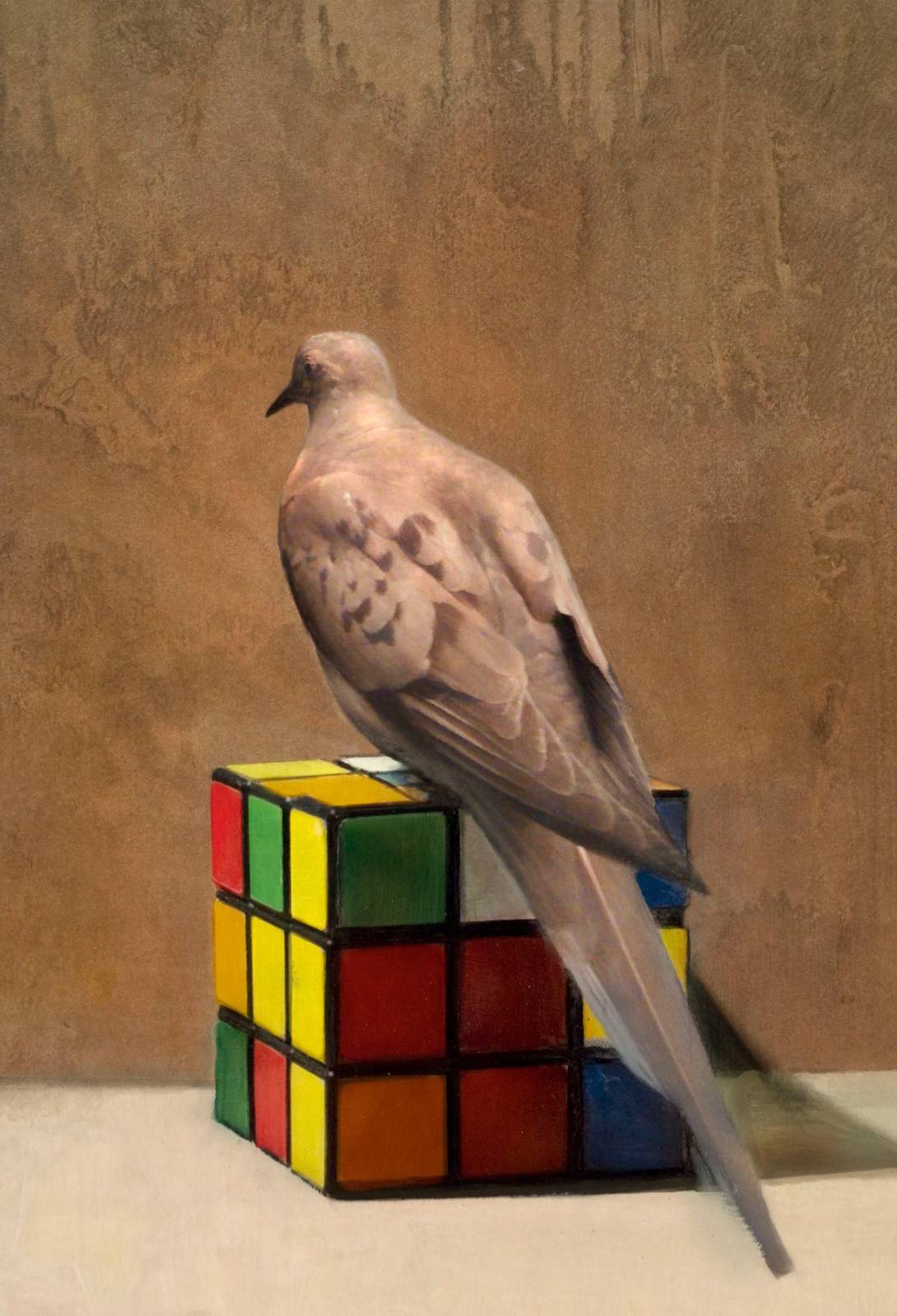
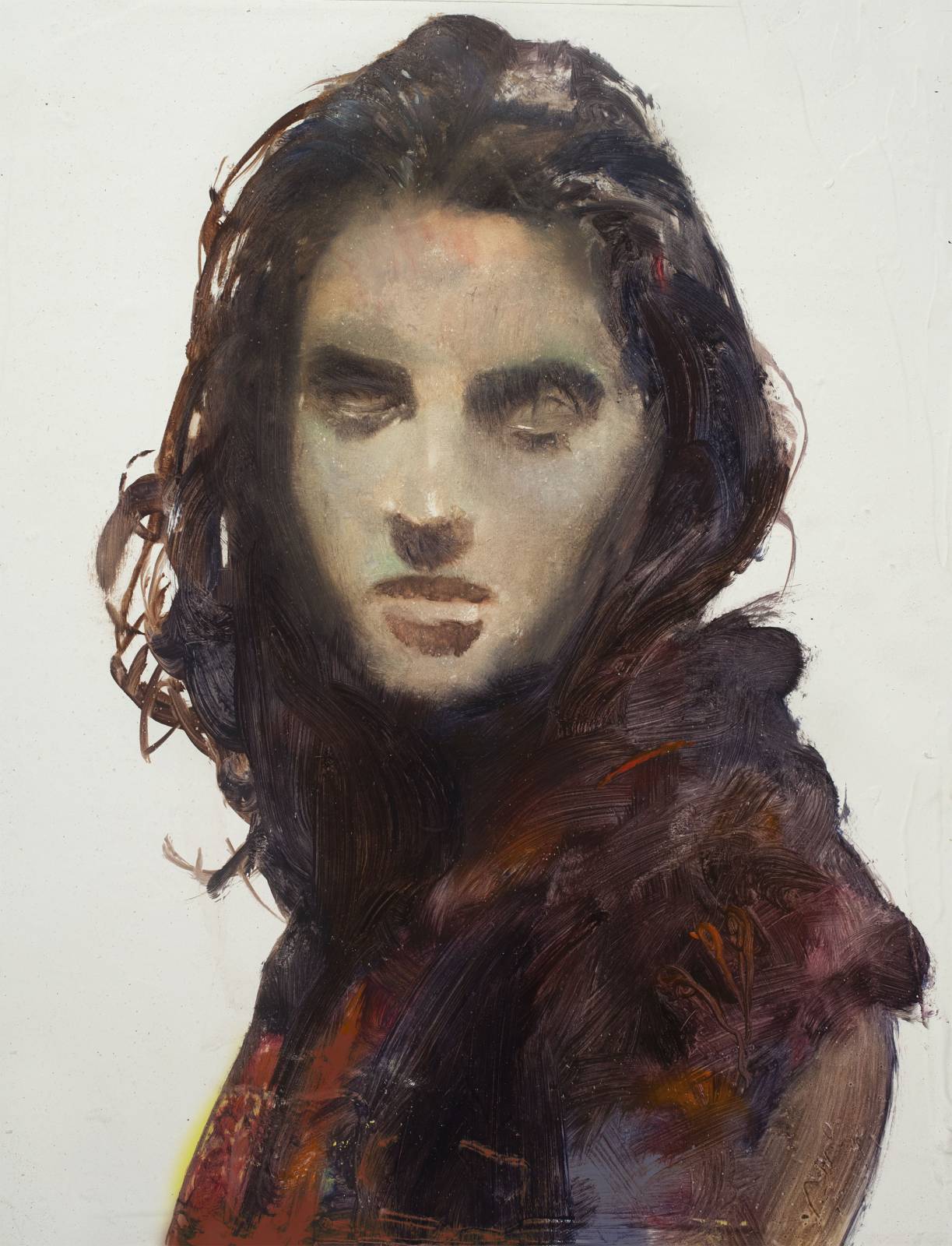
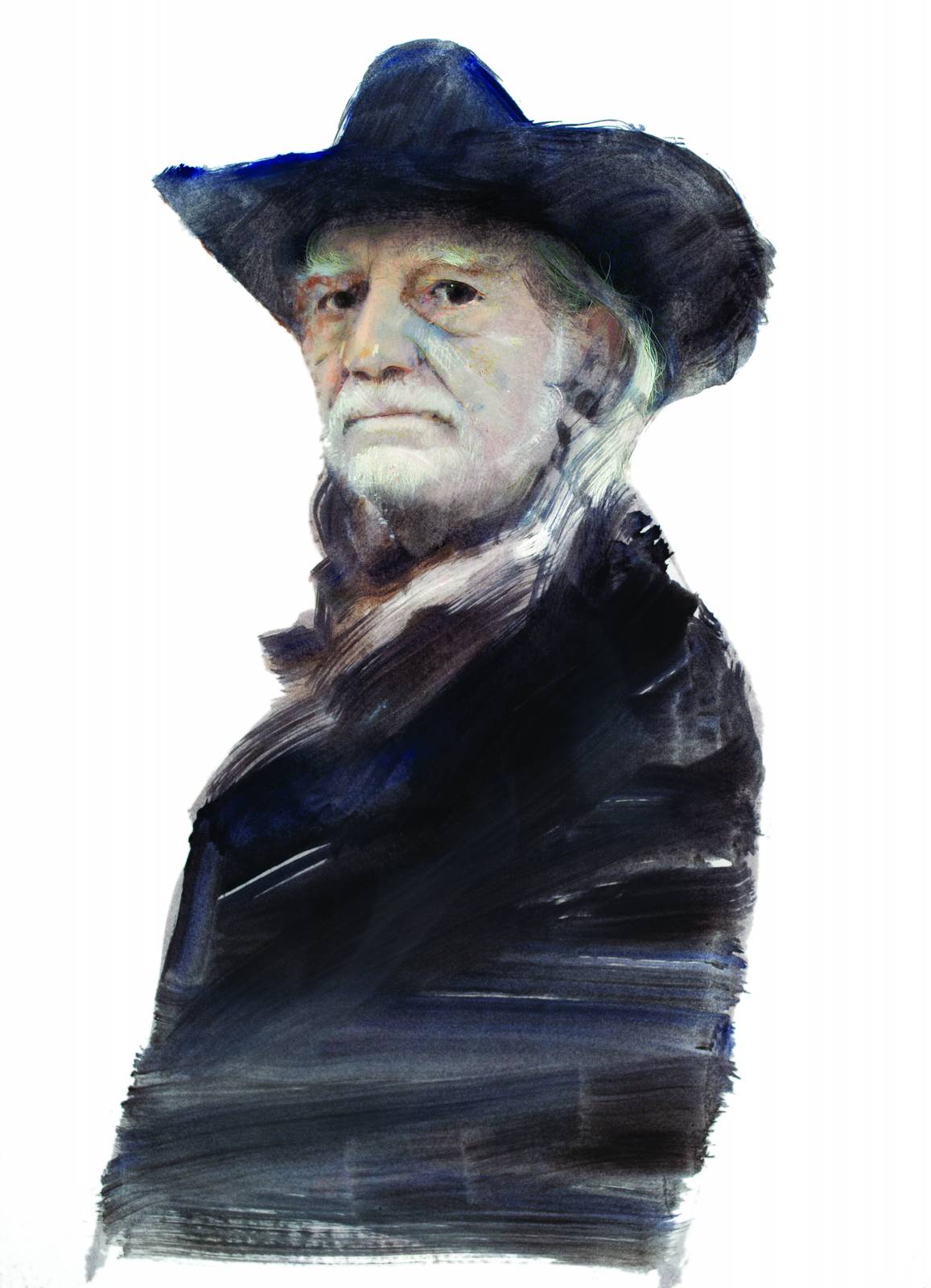


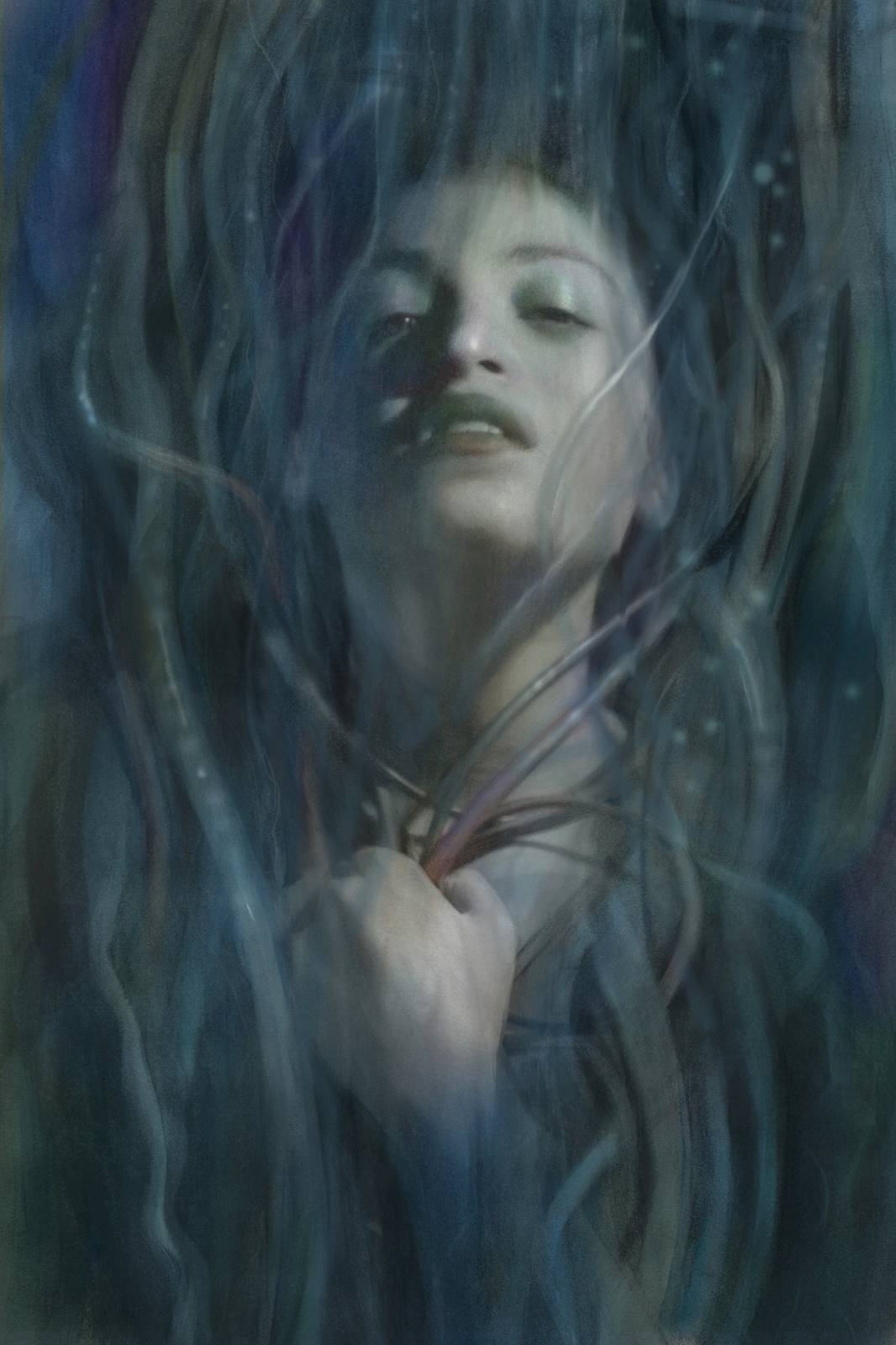
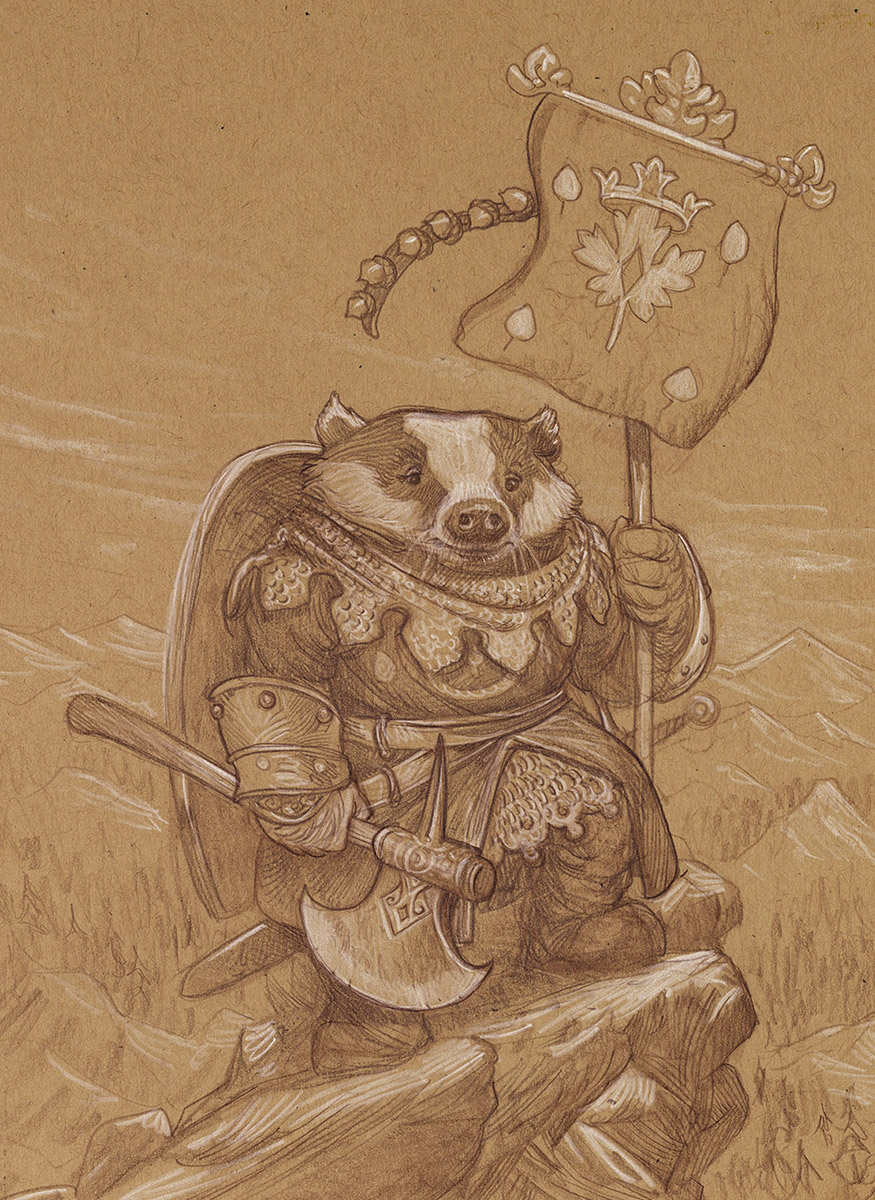

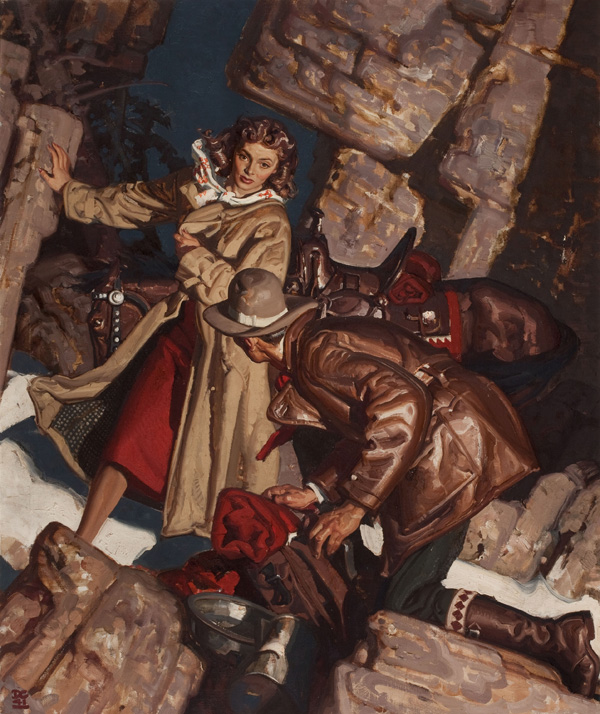
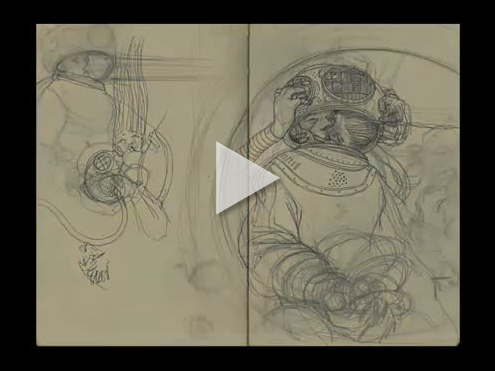
this post is a gem! thanks so much
Excellent!
Love it Robert. Straight to the point.
Thank you for this, it was really nice summary of everything important for any type of artist, not just illustrators. The “aggregation of marginal gains” sounds interesting, I need to dig deeper on that.
My favorite part was the “Make decisions based on creative opportunity as opposed to monetary value.”, because I already started doing that some time ago and I’ve got huge improvement out of it!
Excellent honest advice. Thank you.